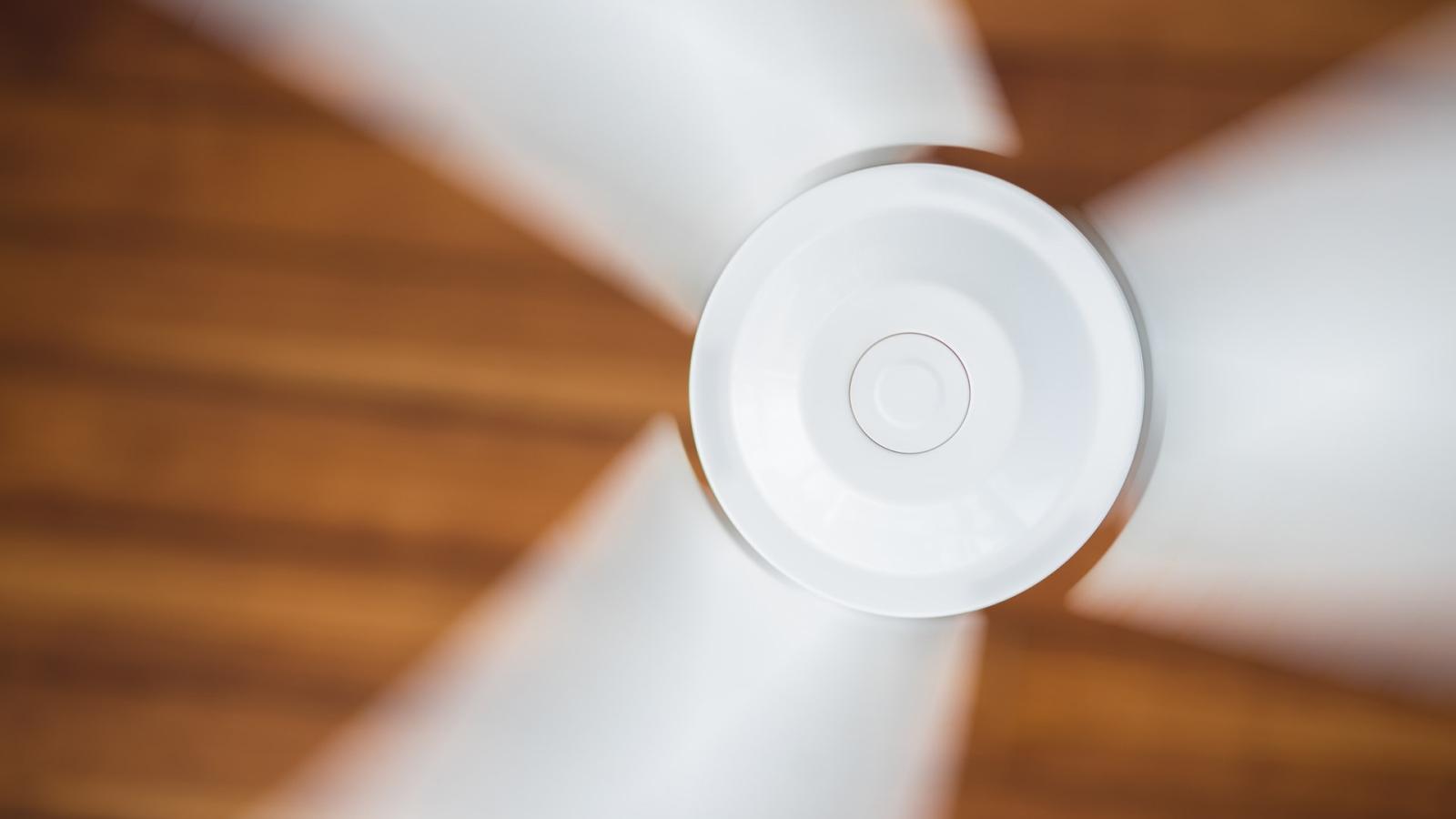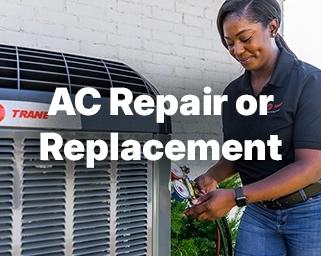Why Do I Need to Worry About Ductwork?
Save hundreds of dollars in utility bills by investing in your HVAC ductwork.
Air ducts are one of the most important systems in any building as they carry cool or warm air throughout the building, ensuring comfort year-round. However, if ducts are poorly installed or maintained, they are probably contributing to higher energy bills.
While often overlooked, it is worth taking the time, energy, and money to invest in your ductwork to maintain even temperatures throughout your home, eliminate excess dust, and reduce utility costs. End your ductwork worries by contacting your local Trane dealer today to ensure you are maximizing cost and energy efficiencies in your HVAC ductwork today!
What Are Air Ducts?
Air ducts, also known as HVAC ductwork or AC ducts, are the way in which warm or cool air is supplied throughout your home. Air ducts are connected to your HVAC unit, which filters and heats or cools your home’s air before distributing it throughout the house.
Air ducts work cyclically. First, return ducts bring air from the living areas back to the HVAC equipment to be conditioned and filtered. Then, supply ducts blow the conditioned air throughout the home. Supply ducts may have dampers that can be adjusted to help control air flow to certain sections of the home. Supply vents, often called registers, are located either in the ceiling or floor and typically, near windows. Registers throw air into the living space to help distribute it evenly.
Types of Ducts
Sheet Metal Duct
Sheet metal ducts are composed of galvanized steel or aluminum. This metal ductwork is more durable and least likely to attract microbial growth than other options. Their zinc coating also makes them more resistant to rust.
Flex Duct
Lightweight and easier to install, flex ducts work well in smaller and more complex spaces. Made from a bendable plastic known as polymer, flex ducts are a great option when more flexibility is needed than sheet metal ducts can provide.
Fiberboard Duct
A fiberboard duct is composed of two layers. Fiberglass is encased in foil to prevent air and water vapor from getting in the ductwork. Usually the least expensive option, fiberboard ducts are quiet and well-insulated. However, the rough surface inhibits air flow, and microbial growth. If you suspect mold in your ductwork, do not try to clean it. Damaging the surface of a fiberboard duct can release fiberglass throughout your home.
5 Signs Your HVAC Ductwork Needs Repair
1. Uneven temperature distribution
One of the most obvious signs that you have a problem with your HVAC ductwork is hot and cold spots throughout the home. If you walk into a new room or a new level of your home and it’s noticeably cooler by more than 3 degrees, you most likely need to contact an HVAC professional. A trained professional can identify what is causing uneven heating and cooling and fix the issue to maximize comfort in your home.
2. Limited air flow from registers
If you are concerned about the air flow coming out of the registers or supply vents, place streamers or a paper towel in front of the vents. If they do not bend, there is likely something preventing air flow in your ducts. Check to ensure the vents are open. If they are, and there is still no air flow, contact your local HVAC expert.
3. Unusually high utility bills
Air-conditioned or heated air can be lost through under-insulated or leaky air ducts, causing your HVAC to work harder to maintain temperature. Up to 30 percent of the air in your ducts may be lost, which means your HVAC unit is working overtime. Not only can this cause higher utility bills, but it can also cause your HVAC unit to burn out faster. A utility usage report can help you understand if your home is using more electricity than other homes in your neighborhood.
4. Rattling or whistling from your vents
Your HVAC unit will make a noise when it is running, but the noise from your vents that sounds like rattling or whistling may indicate that you have an incorrectly sized duct or too much air flow. Ignoring this sound may result in comfort issues and higher utility costs associated with running your system. Contact your local HVAC expert and have them identify the source of the sound.
5. Poor indoor air quality
If you notice excess dust in your home or an increase in allergies in family members and guests, the indoor air quality may be poor. This may mean that dust or pollen is seeping into your ductwork through holes or loose connections and being distributed through your home.
Maximizing Energy Efficiencies in Ductwork
Properly installing, insulating, and maintaining ductwork is an important way to keep your home energy efficient and your utility costs down. These tips from the Department of Energy can help you keep your ductwork working well. It’s important to check your ductwork regularly for leaks. Look for sections that should be joined but have come apart, and then look for holes in the ducts themselves.
Reach out to your local HVAC expert with questions or to schedule a service call or inspection to make sure your ductwork is working properly.
Worry-Free Ductwork with Trane
At Trane, we offer ductwork assessments to ensure your home is operating at maximum efficiency. Contact your local Trane expert today to have your HVAC system evaluated and working properly.




